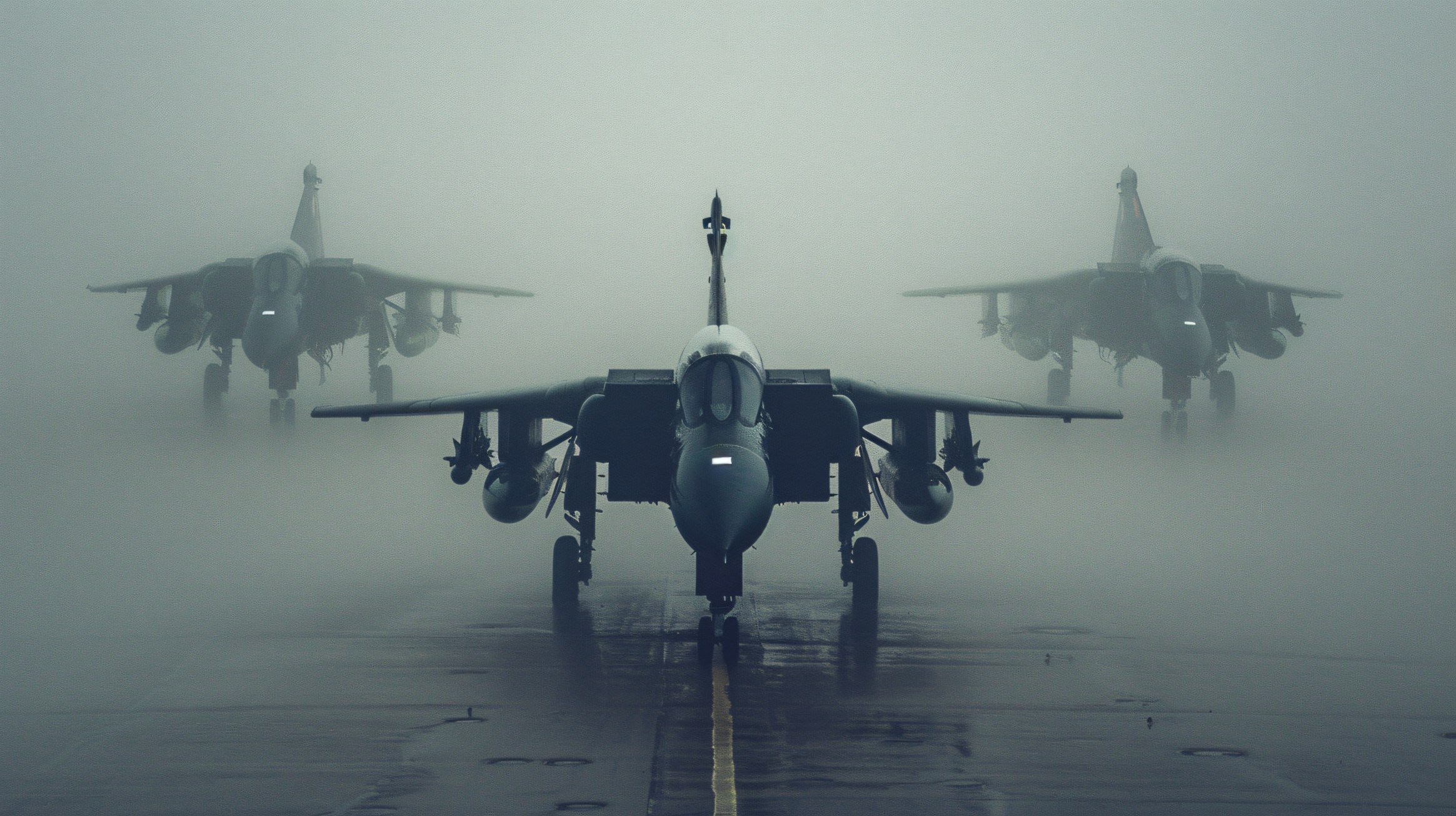Advancing Military Aircraft: Powering the Future of Aerial Defense

In the evolving landscape of global defense, military aircraft remain a central pillar, providing unmatched capabilities in terms of surveillance, strike, and transport. From the early days of World War I biplanes to the advanced multi-role fighter jets of today, the history of military aviation is one of rapid innovation, necessitated by the increasing complexity of modern warfare. As nations continue to invest heavily in air dominance, the military aircraft sector is witnessing a transformative phase driven by technological breakthroughs, operational demands, and the increasing importance of unmanned systems.
The shift from specialized to multi-role platforms is one of the most defining trends in modern military aircraft design. Earlier, air forces maintained separate fleets of fighters, bombers, and reconnaissance planes, each serving a distinct purpose. Today, advanced jets like the F-35 Lightning II, Dassault Rafale, and Eurofighter Typhoon can perform air superiority, ground attack, and reconnaissance missions, significantly reducing the need for multiple specialized aircraft.
This evolution is largely fueled by the integration of sophisticated avionics, improved stealth technologies, and superior propulsion systems. These advancements allow jets to evade enemy radar, carry diverse payloads, and deliver precision-guided munitions, thereby changing the dynamics of aerial combat.
As the global military-industrial complex pushes the envelope, certain key technologies are propelling military aircraft into the next era of aerial warfare:
Stealth Technology: The ability to reduce an aircraft's radar cross-section has been a game-changer in military aviation. Aircraft like the F-22 Raptor and B-2 Spirit bomber are iconic for their stealth capabilities, giving nations a decisive edge in contested airspaces.
Artificial Intelligence (AI) & Autonomy: AI is playing an increasing role in military aviation, allowing aircraft to perform certain operations autonomously. While human pilots still lead missions, AI can assist in target identification, threat assessment, and even execute complex combat maneuvers in high-stress environments. Moreover, unmanned combat drones are expected to augment manned aircraft, providing force multipliers in both surveillance and strike capabilities.
Hypersonic Technologies: Aircraft that can exceed Mach 5 (five times the speed of sound) are in development and promise to revolutionize air combat. These hypersonic planes would make traditional air defenses nearly obsolete due to their speed, enhancing the effectiveness of first-strike capabilities and rapid global reach.
Advanced Materials & Lightweight Composites: Military aircraft of the future are being constructed using advanced materials like carbon fiber composites and graphene. These materials reduce weight while increasing strength, allowing planes to carry more payload and fuel, extend their range, and improve overall agility.
Countries like the United States, Russia, and China are locked in a competitive race to build the most advanced military aircraft, each aiming to achieve global air superiority.
United States: With programs like the F-35 and the upcoming B-21 Raider, the U.S. maintains the world's largest fleet of military aircraft. The F-35, in particular, has transformed modern air combat with its stealth, sensor fusion, and interoperability among allied forces.
Russia: Russia's Sukhoi Su-57 is seen as its answer to the F-35, boasting advanced stealth, supermaneuverability, and enhanced avionics. However, geopolitical factors and economic constraints have limited its production.
China: China's J-20 stealth fighter signals its intent to challenge U.S. air dominance in the Asia-Pacific region. China is rapidly closing the technological gap, with a focus on indigenously produced engines and avionics for its fleet.
One of the key challenges in military aircraft development is the long R&D cycle, exacerbated by the complexity of integrating new technologies like AI, stealth, and hypersonic propulsion. This is where AiDOOS steps in.
AiDOOS, a future-of-work platform, leverages a vast network of global talent to streamline technology development processes. For military aircraft manufacturers, this means having access to a pool of highly specialized engineers, software developers, and AI experts who can accelerate innovation cycles and reduce project timelines. By allowing defense companies to engage the right talent on-demand for specific tasks—whether it's developing cutting-edge avionics, conducting software testing, or creating AI algorithms for autonomous functions—AiDOOS ensures faster, scalable, and cost-effective development.
Additionally, AiDOOS provides full project ownership, managing delivery from start to finish. This not only alleviates resource constraints but also assures defense contractors that their technology projects will be executed with precision, compliance, and on time.
As global defense priorities shift toward multi-domain operations—land, sea, air, cyber, and space—the role of military aircraft will continue to evolve. Future air combat will likely see deeper integration between manned and unmanned systems, enhanced AI capabilities, and new forms of aerial warfare that capitalize on hypersonics and directed energy weapons.
In this scenario, defense organizations must be agile, innovative, and ready to harness cutting-edge technologies. Platforms like AiDOOS will play an increasingly important role in helping defense contractors meet these demands by providing the talent, expertise, and executional capabilities needed to stay ahead in the military aviation race.

For modern telecom enterprises, delivering exceptional QoS is no longer optional—it’s a brand differentiator and a strategic lever for growth. Static provisioning models won’t cut it in a world of hyper-dynamic data usage.